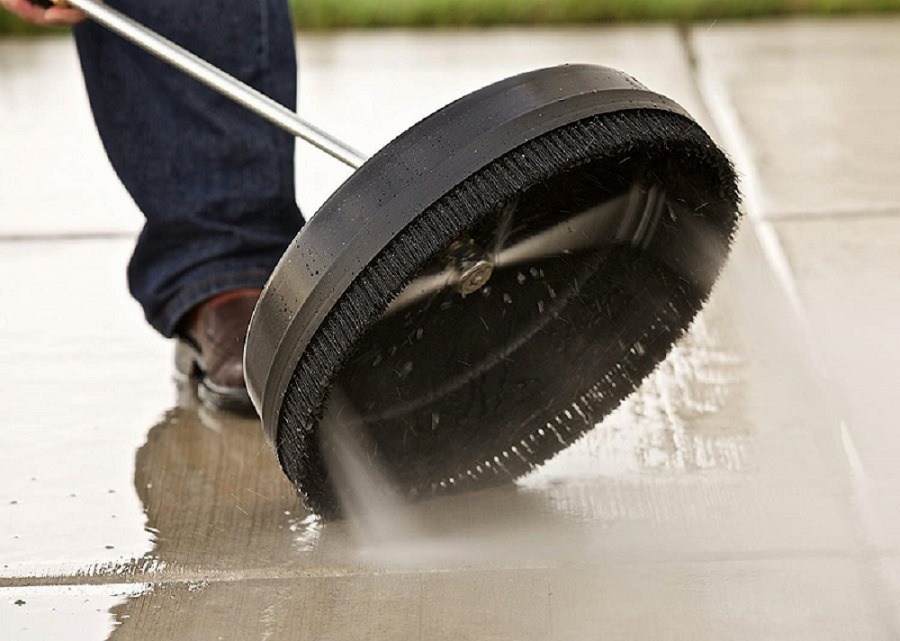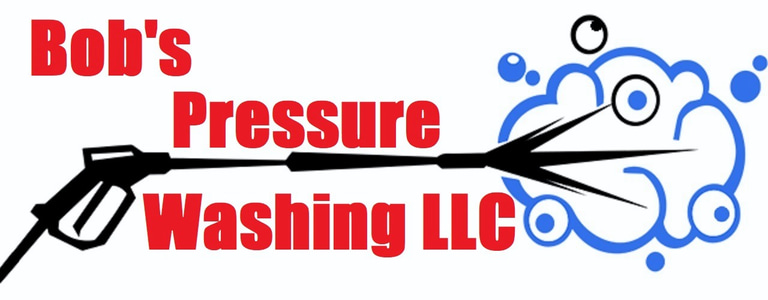Homeowner's Guide: How to Buy the Correct Surface Cleaner for Your Pressure Washer
Homeowner's Guide: How to Buy the Correct Surface Cleaner for Your Pressure Washer
EXTERIOR CLEANING SERVICE PROCESSESBASIC HOME MAINTENANCECURB APPEALPRESSURE WASHING SERVICES


Understanding Surface Cleaners and Pressure Washers
A surface cleaner is a specialized attachment designed to work with pressure washers to provide an efficient and uniform cleaning experience across large, flat surfaces. These devices typically feature a spinning arm with high-pressure nozzles beneath a protective housing, making them adept at removing stubborn dirt, grime, and stains from areas such as driveways, patios, decks, and sidewalks. The primary function of a surface cleaner is to enhance the capabilities of a pressure washer by distributing water pressure evenly, thereby achieving consistent cleanliness and reducing streaking.
Surface cleaners come in various designs and sizes to cater to different needs and preferences. Some common types include residential surface cleaners, which are smaller and more manageable for home use, and commercial-grade surface cleaners, which are larger and constructed from more durable materials to endure frequent, heavy-duty cleaning tasks. Another variation is the multi-purpose surface cleaner, which offers adjustable pressure settings and interchangeable nozzles to accommodate a wider range of surfaces and cleaning requirements.
A pressure washer is a versatile cleaning tool consisting of several key components, including a motor or engine, a high-pressure pump, a high-pressure hose, and a trigger gun or wand. These elements work together to amplify water pressure and effectively dislodge contaminants. Pressure washers are available in electric and gas-powered models, each suited to different levels of cleaning intensity. Electric pressure washers are typically lightweight and ideal for residential chores, while gas-powered models offer greater mobility and higher pressure, making them suitable for tougher, commercial-grade applications.
By combining a surface cleaner with a pressure washer, homeowners can tackle extensive cleaning projects more efficiently. Surface cleaners enable swift and thorough cleaning of large, horizontal surfaces, significantly reducing the time and effort required. This combination is not only cost-effective but also ensures an enhanced level of cleanliness, transforming tedious chores into manageable and gratifying tasks.
Matching Surface Cleaners to the Power of Your Pressure Washer
Ensuring your surface cleaner matches the power of your pressure washer is vital for achieving optimal performance. The key ratings to be aware of are PSI (pounds per square inch) and GPM (gallons per minute). Identifying these specifications is your first step, as they dictate the compatibility and efficiency of your cleaning setup.
To locate the PSI and GPM ratings of your pressure washer, consult the owner’s manual or the machine’s label. PSI measures the pressure with which water is expelled, while GPM indicates the volume of water flow. Together, they determine the cleaning power of your device. For example, a light-duty pressure washer might have a rating of around 1,500 to 2,000 PSI and 1.5 to 2 GPM, whereas a heavy-duty unit may boast ratings upwards of 3,000 PSI and 4 GPM.
Understanding these ratings aids in selecting the appropriate surface cleaner. Surface cleaners come in various sizes, typically ranging from 10 inches to over 20 inches in diameter. For light-duty pressure washers, surface cleaners with a diameter of around 10 to 12 inches are generally recommended. Medium-duty machines (2,000 to 3,000 PSI and 2 to 3 GPM) often pair well with surface cleaners in the 12 to 15-inch range. Heavy-duty washers, with their high PSI and GPM, can handle larger surface cleaners, 20 inches or more, providing extended reach and efficiency.
Mismatching a surface cleaner with a pressure washer can lead to several problems. An undersized surface cleaner may struggle to handle the water pressure, causing potential damage or reduced lifespan. Conversely, an oversized surface cleaner may not perform to its full potential if the pressure washer lacks sufficient power, resulting in inefficient cleaning. Therefore, aligning the cleaner's size with the washer’s power ensures optimal performance and longevity of your equipment.
In conclusion, always match the surface cleaner to the specific PSI and GPM ratings of your pressure washer. This compatibility results in effective, efficient cleaning and protects both the surface cleaner and the pressure washer from unnecessary wear and tear.
Additional Factors to Consider When Choosing a Surface Cleaner
When selecting a surface cleaner for your pressure washer, homeowners should consider a range of factors to ensure they make a well-informed decision. Compatibility between the surface cleaner and the pressure washer’s connection types is crucial. Each pressure washer may have different fitting types, including quick-connect or threaded connections, so verifying the compatibility will prevent any operational issues.
The build quality and materials of the surface cleaner are another significant consideration. Opting for a unit made from high-quality, durable materials such as stainless steel or heavy-duty plastic can considerably extend the tool's lifespan, particularly under rigorous working conditions. Durability is essential not only for longevity but also to withstand the wear and tear of frequent use on various surfaces.
Specialized features can also greatly enhance the cleaning experience. Spray bar designs and nozzle types play a pivotal role in the efficiency and effectiveness of a surface cleaner. Some models come with dual or triple nozzle systems, which can deliver a more uniform and faster cleaning process. Handle ergonomics should not be overlooked, as a well-designed handle can reduce user fatigue and increase maneuverability.
The type of surface being cleaned is another factor to account for. Surface cleaners vary in their suitability for different surfaces such as concrete, wood, or delicate tiles. For instance, a surface cleaner designed for concrete might not be suitable for wood decks or delicate surfaces, which might require gentler cleaning options to avoid damage.
Additionally, assessing the availability of accessories and the quality of after-sales support can be beneficial. Accessories such as extension wands and replacement parts can enhance the usability of the cleaner. Reliable customer service, including robust warranty options, can offer peace of mind and assistance in case of any issues.
Finally, homeowners should seek reliable information through multiple channels, including online reviews, expert blogs, and professional recommendations. These resources can provide valuable insights into the performance and reliability of various models, guiding you toward the best choice for your specific needs.
